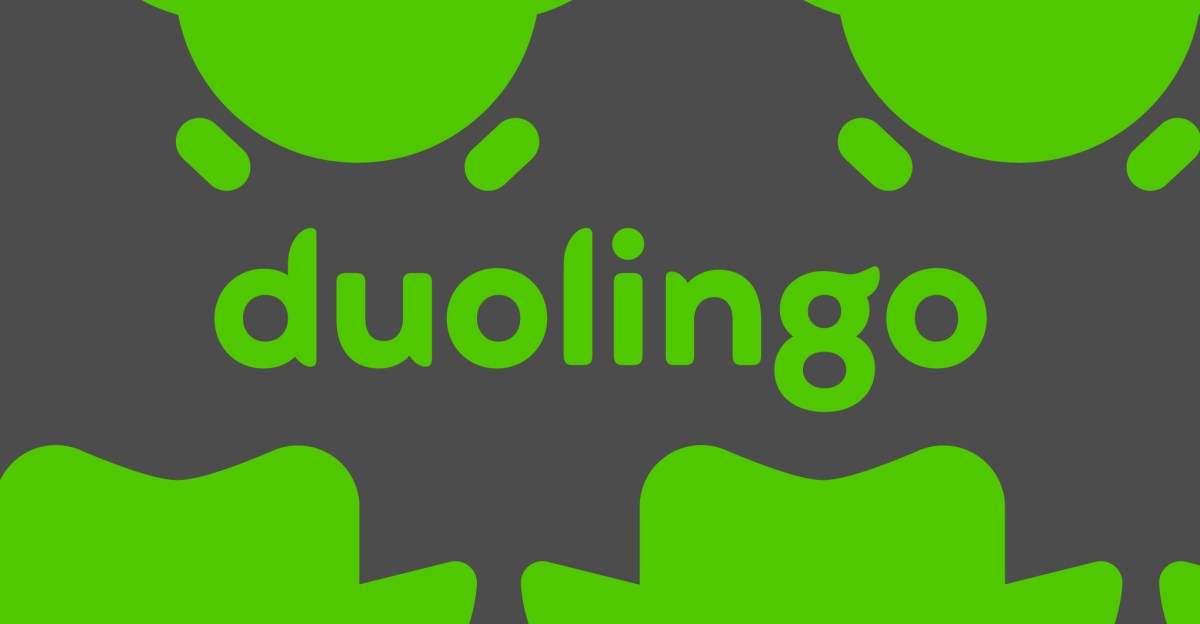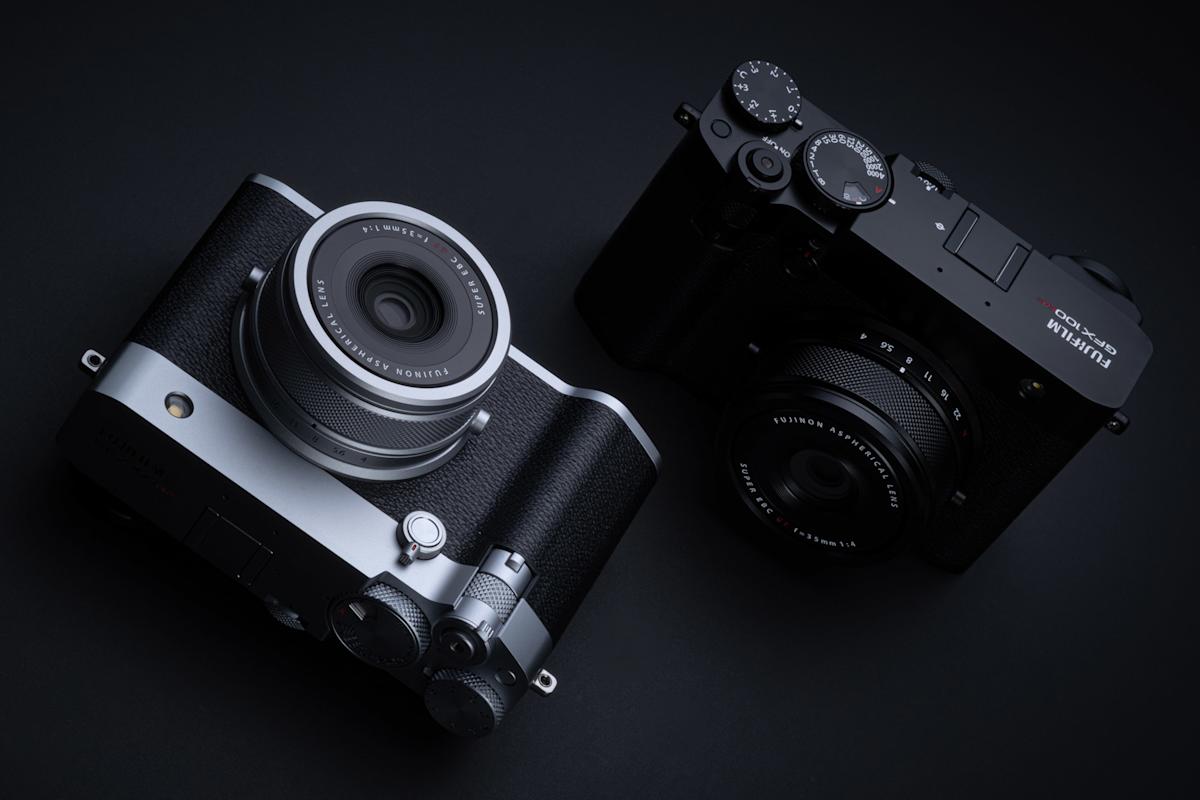Smoke Alarm Showdown: First Alert Challenges Nest with Smarter, Sleeker Safety Tech
Technology
2025-03-28 15:01:11Content
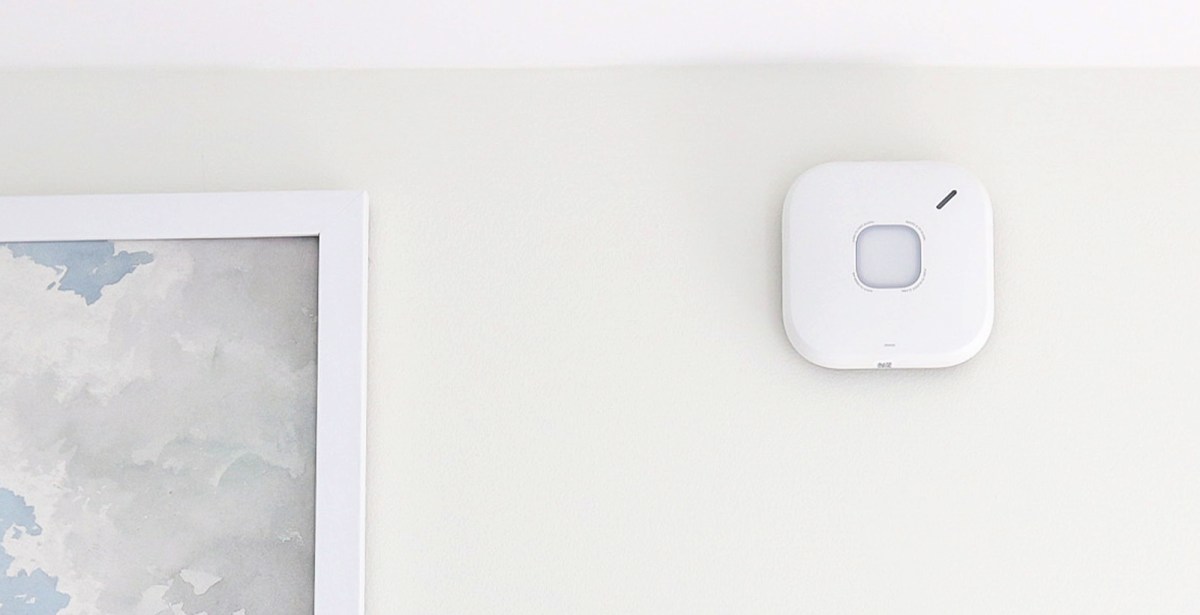
No More Nest Protect: A Farewell to a Smart Home Safety Pioneer
Google has officially pulled the plug on its innovative Nest Protect smoke and carbon monoxide detector, marking the end of an era for smart home safety technology. First introduced in 2013, the Nest Protect was once a groundbreaking device that promised to revolutionize home safety with its intelligent monitoring and user-friendly features.
For years, the Nest Protect stood out in the smart home market by offering more than just basic alarm functionality. Its sleek design, smartphone connectivity, and ability to send real-time alerts made it a favorite among tech-savvy homeowners. Users could receive notifications on their phones, distinguishing between minor cooking smoke and serious fire risks.
However, as technology evolves and market dynamics shift, Google has decided to discontinue support for this once-popular device. Existing Nest Protect owners will continue to receive essential safety features, but new purchases are no longer available. This move underscores the rapidly changing landscape of smart home technology, where innovation can be as swift as obsolescence.
For those still using Nest Protect, Google recommends exploring alternative smart home safety solutions. While the device may be retiring, its legacy of innovative home protection continues to inspire new developments in smart home safety technology.
The End of an Era: Google's Nest Protect Discontinuation Signals a Shift in Smart Home Safety
In the rapidly evolving landscape of smart home technology, Google has made a strategic decision that sends ripples through the home safety ecosystem. The discontinuation of the Nest Protect smoke and carbon monoxide detector marks a pivotal moment for consumers and technology enthusiasts alike, raising critical questions about the future of integrated home safety solutions.Revolutionizing Home Safety: When Innovation Meets Uncertainty
The Rise and Fall of Nest Protect
The Nest Protect emerged as a groundbreaking device when it first hit the market, promising a sophisticated approach to home safety that went far beyond traditional smoke detectors. Integrating advanced sensor technology, smartphone connectivity, and intuitive design, the device represented a quantum leap in how homeowners monitored potential environmental hazards. Its ability to send real-time alerts, distinguish between different types of potential dangers, and provide nuanced information set it apart from conventional safety equipment. Google's decision to discontinue the product line reflects a complex interplay of technological evolution, market dynamics, and strategic realignment. The smart home market has become increasingly competitive, with numerous players vying for consumer attention and technological supremacy.Technological Implications and Consumer Impact
The withdrawal of Nest Protect raises significant concerns for existing users and the broader smart home ecosystem. Consumers who have invested in this technology now face uncertainty about long-term support, firmware updates, and potential replacement strategies. This development underscores the inherent volatility of cutting-edge technology, where today's innovative solution can quickly become tomorrow's obsolete product. For current Nest Protect owners, the immediate questions revolve around device longevity, continued software support, and potential alternative solutions. Google has historically maintained support for discontinued hardware, but the specifics remain unclear in this instance.Market Dynamics and Future of Smart Home Safety
The discontinuation signals a potential strategic pivot for Google's smart home division. As the technology landscape becomes increasingly fragmented, companies must make difficult decisions about product lines, resource allocation, and future innovation trajectories. This move might indicate a broader reassessment of Google's approach to home safety technologies. Competing manufacturers are likely to view this development as an opportunity to capture market share. Innovative startups and established technology companies may see a gap in the market for advanced, integrated safety solutions that combine sophisticated sensing capabilities with user-friendly interfaces.Consumer Adaptation and Alternative Solutions
Homeowners and technology enthusiasts must now navigate a changing landscape of home safety options. While the Nest Protect's discontinuation represents a setback, it also creates space for new, potentially more advanced solutions. The market will undoubtedly respond with alternative products that learn from Nest's successes and address its limitations. Emerging technologies such as AI-powered environmental monitoring, more sophisticated sensor arrays, and deeper integration with comprehensive home security systems are likely to fill the void left by Nest Protect's departure.Broader Technological and Environmental Considerations
The discontinuation of Nest Protect is more than just a product update—it's a reflection of the dynamic, sometimes unpredictable nature of technological innovation. As smart home technologies continue to evolve, consumers must remain adaptable, understanding that today's cutting-edge solution may be tomorrow's historical footnote. This development serves as a reminder of the importance of flexibility in our increasingly technology-dependent world, where innovation moves at an unprecedented pace.RELATED NEWS
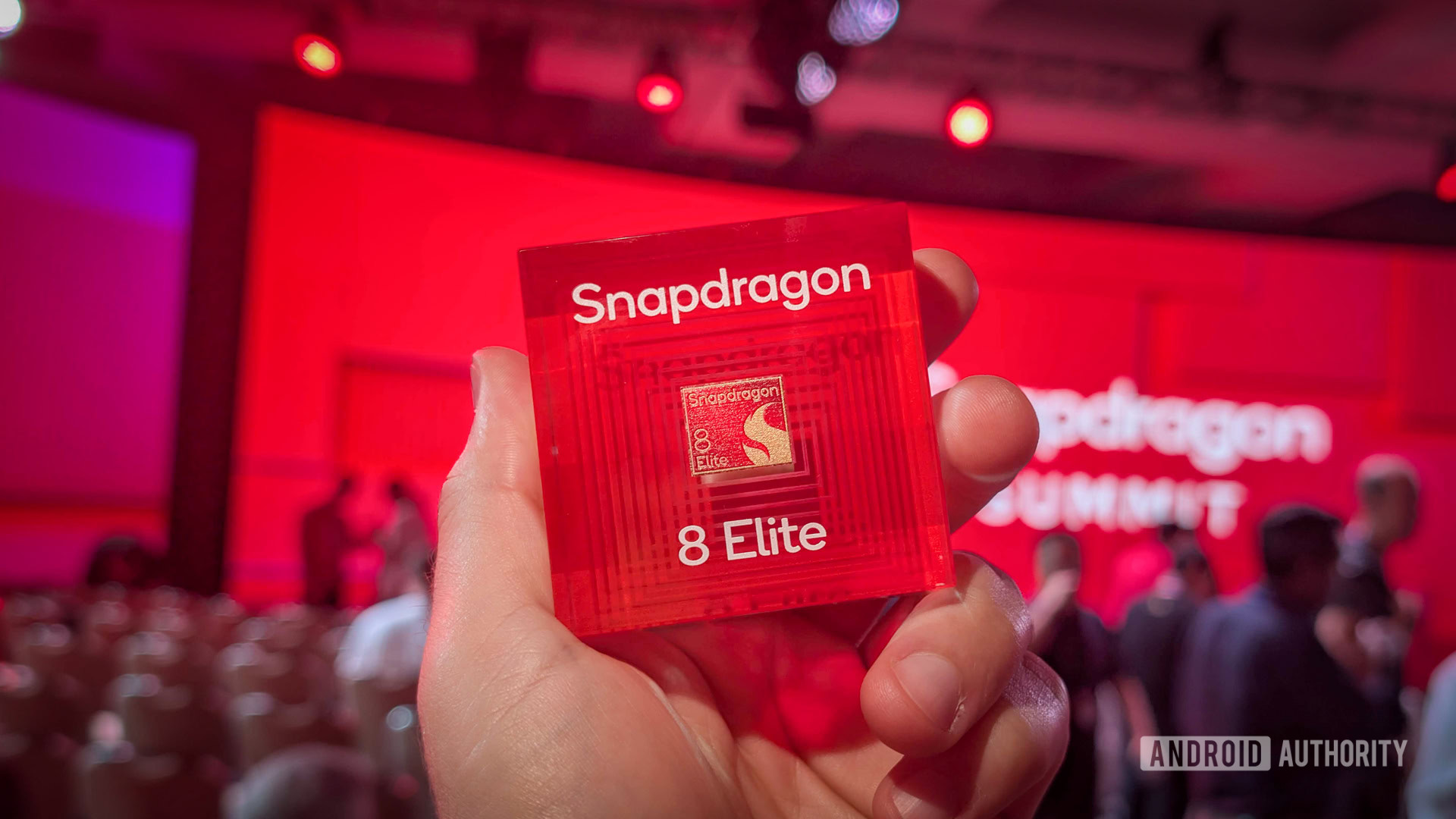
Breaking: Snapdragon 8 Elite Gen 2 Poised for Surprise Early Debut, Android Fans Rejoice
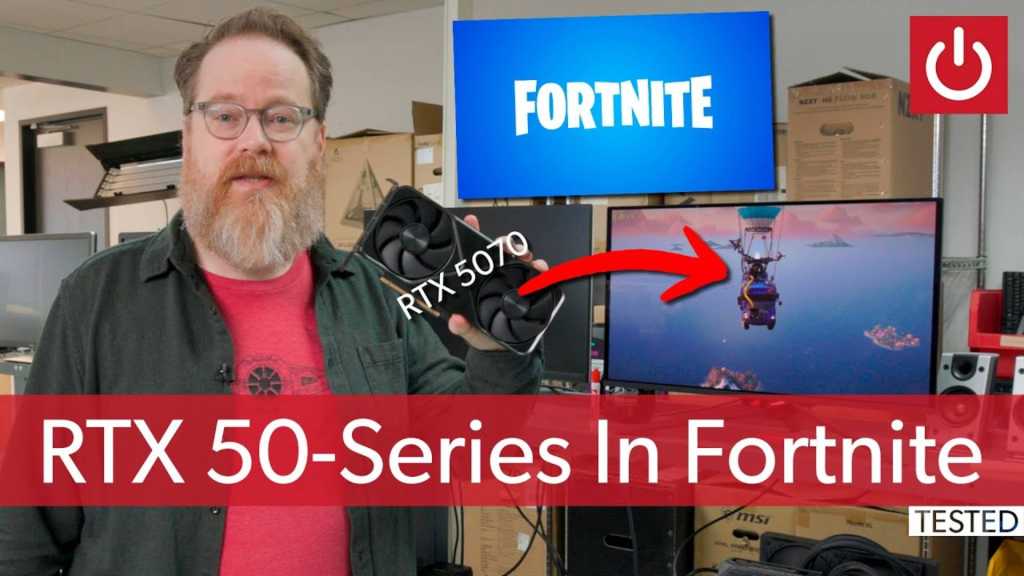
Fortnite Performance Showdown: NVIDIA's RTX 50-Series GPUs Put to the Ultimate Test

